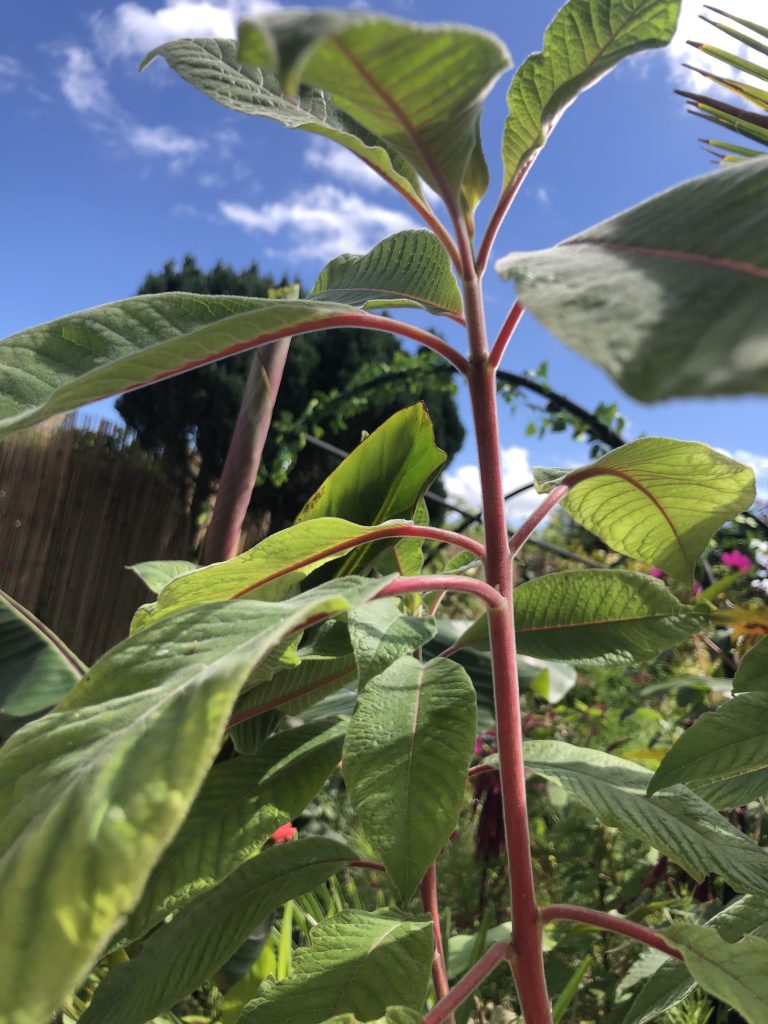Growing Fuchsia boliviana in the UK can be a bit more challenging due to the cooler climate. However, with the right care and attention, you can still enjoy the beauty of this exotic plant. Here’s how to grow Fuchsia boliviana in the UK:
- Choose the Right Location: Select a location that receives morning sunlight but is shaded from the hot afternoon sun. If possible, choose a spot near a south or west-facing wall that can provide some warmth and protection.
- Container Gardening: Due to the colder climate, consider growing Fuchsia boliviana in a large container. This way, you can move the plant indoors during colder months or position it strategically to avoid frost exposure.
- Soil Preparation: Use a well-draining potting mix with added compost or peat moss to improve drainage and moisture retention. Fuchsia plants generally prefer slightly acidic soil.
- Watering: Keep the soil consistently moist, especially during the growing season (spring through fall). Water thoroughly whenever the top inch of the soil feels dry. Be cautious not to let the plant sit in waterlogged soil, as this can lead to root rot.
- Temperature Considerations: Fuchsia boliviana is not very frost-tolerant. When winter approaches, bring the container indoors to a cool and well-lit location, such as a greenhouse or a bright window. Maintain a minimum temperature of around 45-50°F (7-10°C).
- Fertilization: Feed the plant with a balanced, water-soluble fertilizer every 4-6 weeks during the growing season. Reduce or stop fertilizing in the winter when growth slows down.
- Pruning: Regularly prune the plant to encourage branching and bushier growth. This will also help it fit better within its container. Remove any dead or diseased growth.
- Humidity: Fuchsia boliviana appreciates higher humidity levels. You can increase humidity by misting the plant, placing a tray of water near it, or using a humidifier indoors.
- Pest and Disease Management: Keep an eye out for pests like aphids, whiteflies, and spider mites. Check the plant regularly and treat any infestations promptly using appropriate methods. Good air circulation and proper watering practices can help prevent fungal diseases.
- Overwintering: As mentioned earlier, overwinter the plant indoors in a cool and well-lit location. You might notice reduced growth during the winter months, but this is normal. Resume regular care and fertilization in spring.


